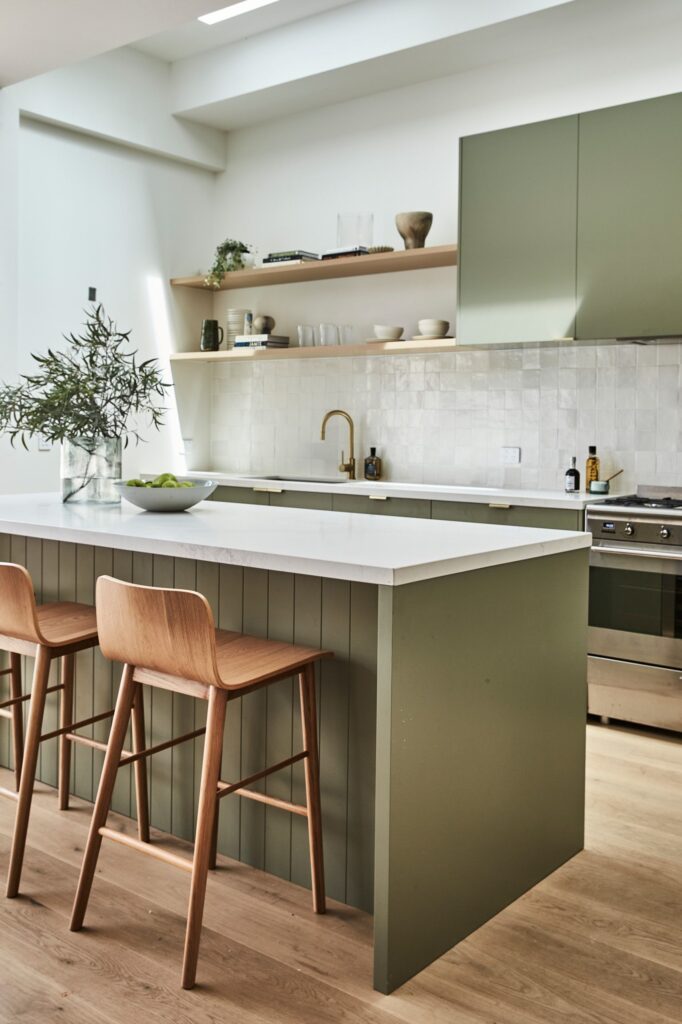Green kitchens are becoming increasingly popular as more people are looking for ways to make their homes more environmentally friendly. A green kitchen is not only better for the environment, but it can also create a healthier living space for you and your family. From sustainable materials to energy-efficient appliances, there are many ways to make your kitchen more green.
One of the easiest ways to create a green kitchen is by using sustainable materials. This includes using reclaimed wood for your cabinets and countertops, as well as bamboo for your flooring. These materials are not only eco-friendly, but they can also add a unique and stylish touch to your kitchen. Additionally, using low-VOC (volatile organic compounds) paints and finishes can help reduce indoor air pollution and create a healthier environment for your family.
Another important aspect of a green kitchen is energy efficiency. By choosing energy-efficient appliances, such as refrigerators, dishwashers, and stoves, you can reduce your energy consumption and lower your utility bills. Look for appliances with the Energy Star label, which indicates that they meet strict energy efficiency guidelines set by the Environmental Protection Agency. Additionally, using LED lighting and installing skylights can help reduce your overall energy use and create a brighter and more inviting space.
Composting is another great way to make your kitchen more green. By composting food scraps and other organic waste, you can reduce the amount of waste that goes into landfills and create nutrient-rich soil for your garden. You can easily set up a compost bin in your kitchen or backyard and start converting your food waste into valuable compost that can help your plants thrive.
Water conservation is also an important aspect of a green kitchen. By installing low-flow faucets and aerators, as well as a water-saving dishwasher and washing machine, you can significantly reduce your water usage and lower your water bills. Additionally, collecting rainwater for outdoor irrigation or using a graywater system to recycle water from your sink or shower can help conserve water and reduce your impact on the environment.
Lastly, incorporating indoor plants into your kitchen can help improve air quality and create a more natural and inviting space. Plants such as aloe vera, spider plants, and peace lilies can help purify the air by absorbing toxins and releasing oxygen. Additionally, having plants in your kitchen can create a calming and peaceful atmosphere, making it a more enjoyable space for cooking and entertaining. By incorporating these green practices into your kitchen design, you can create a healthier and more sustainable living space for you and your family.
 redboth.com Decoration ideas for your home
redboth.com Decoration ideas for your home

































































